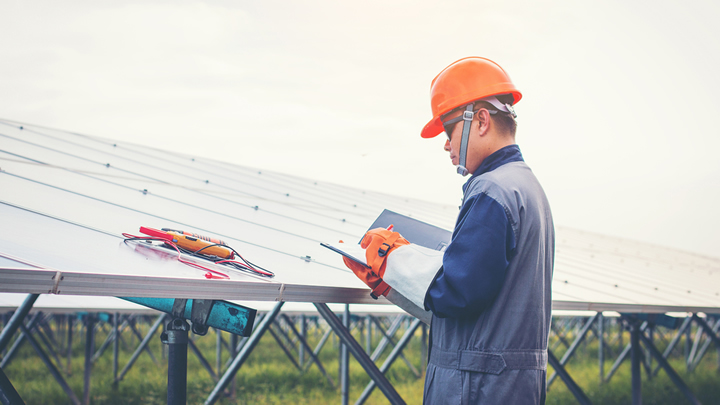What the Renewables Industry Needs to Learn From Coal and Oil About Worker Safety

Fossil fuels have an irrefutable negative impact on the planet. Still, renewable energy workers can learn something from their many years of worker safety experience. Green power installation and expansion are happening faster than standards and instruction recommendations can keep up.
This means many individuals may put themselves at risk from inadequate safety practices. How can sustainable energy operations improve their protective measures by learning from their coal and oil predecessors?
Robust Safety Training Programs
Decades of fossil fuel development are the backbone of robust safety education for coal and oil workers. The urgency of the climate crisis does not facilitate waiting this long to develop the perfect training program for renewable energy staff. However, there has been a greater focus on infrastructure and increasing kilowatt-hour capacity over safety training.
Environmental experts must familiarize themselves with what is available from coal and oil and translate it for clean energy tech. Technical writers can create manuals for how to be safe around renewable energy’s top threats, including:
- Improper machinery or PPE use
- Electric shocks
- Falls
- Toxicity from chemicals
- Asphyxiation in confined spaces
- Fires and burns
Tenured coal and oil workers want new upskilling opportunities in greener energy industries, so there is no better time than now to establish thorough educational resources. It will transition as many people as possible into this necessary sector with minimal resistance.
Emphasis on Safety Culture and Leadership
Many potential fatalities and injuries in coal and oil have been avoided because safety has been a core value pushed by governments and private companies alike. Renewable businesses can model this behavior by instilling a strong safety culture, with management setting the example.
Leadership executes this in various ways. Coal and oil corporations have a long history of in-depth safety incident reporting. They assert to their workforce that it is more important to notify and record injuries than to ignore them for fear of getting in trouble.
Wind, solar, hydropower, geothermal and all other renewable plants must set this precedent. It opens communications and increases team members’ likelihood of assisting others in peril.
Rigorous Risk Assessment and Hazard Mitigation
Green infrastructure is breaking ground at an unprecedented rate, and workers have prioritized project completion over setting risk assessment and safety guidelines from its inception. Coal and oil businesses have performed audits and mitigation reviews for years.
They identify the source of the most prominent safety concerns, whether it be toxic substances or machine explosions. Then, they work proactively to tame the most threatening catalysts to protect workers.
Renewable energy operators can follow suit. For example, wind turbine workers are in confined spaces with few exit opportunities and lower oxygen levels. The height adds another layer of danger not present in other industries. Since a risk of falling is more likely for windpower staff, more PPE and equipment checks must regularly review practices like the strength of fall protection lanyards and ladder safety.
Stringent Regulatory Compliance
Safety only exists with oversight and accountability. Organizations like OSHA in the U.S. exemplify how relationships between energy generators and regulatory bodies are essential for keeping people secure at work. They execute research, discover the best standards and detail those recommendations for companies to follow. Fossil fuel companies are all too familiar with the fines and repercussions of disobeying these codes.
For example, working in a facility with lax building codes with workers wearing inadequate electrical PPE leads to shocks and burns on people and structural fires for companies. Renewable energy must learn from the mistakes of coal and oil to maintain a clean image for green power. In 2019, an incident in Seattle found three companies liable for poor machine management. The collapse of a tower crane resulted in $107,000 in fines and $151.1 million in damages.
Emergency Preparedness and Response
Comprehensive safety includes emergency preparedness. Oil and coal enterprises identify the most likely unexpected and dangerous scenarios, such as cave-ins for miners or oil spills for offshore rigs. Stakeholders considering these as a certainty instead of a potential event are likelier to dock up holistic documents and response protocols.
Renewable energy workers should take these risks seriously and drill regularly on evacuation plans, shutdown execution and emergency safety priorities.
Allowing Fossil Fuels to Inspire Renewable Safety
Green energy may not agree with what fossil fuels have done to the planet. However, these industries can still work together to formulate the safest environments for modern energy staff. With more training and compliance, clean power can develop a reputation of safety that entices more workers to flock to the sector for increased deployment and decarbonization.
Comments (0)
This post does not have any comments. Be the first to leave a comment below.
Featured Product

